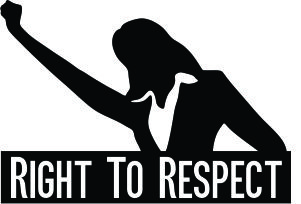Although not the same, according to the EEOC, sexual harassment can be a form of sex discrimination.
Sex discrimination occurs when an individual is or group of people are treated unfairly on the basis of their sex. In an employment environment, it is illegal to discriminate against a person based on their sex in hiring, firing, benefits, promotion, layoff, or training.
Sexual harassment is any unwelcome advances, sexual conduct, quid pro quo situations, or physical or verbal behavior or a sexual nature towards an individual or group that affects their employment. It could affect their employment by creating an hostile work environment, it could negatively impact their ability to work, or it could create an intimidating atmosphere.
The main difference between sex discrimination and sexual harassment is that sexual harassment is sexual in nature and it is also harassing behavior. Sex discrimination, on the other hand, is the unfair treatment due to a person’s gender, sexual identity, or pregnancy status.
A case can contain both sexual harassment and sex discrimination.
Both sex discrimination and sexual harassment are illegal. Anyone can be the victim of sex discrimination and sexual harassment and anyone can be the one discriminating. The one discriminating or harassing does not have to be a supervisor, they can be a customer, coworker, vendor, contractor, manager or owner.
A witness to sexual harassment can also file a complaint due to the emotional trauma it may cause. The victim also does not have to suffer economic injury or discharge in order to be able to file a complaint.
To learn more about sex discrimination or sexual harassment rights, send us a message.















Comments